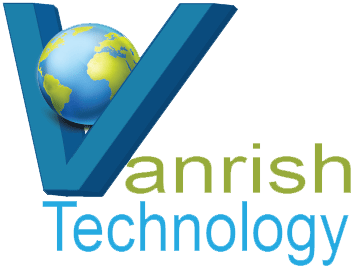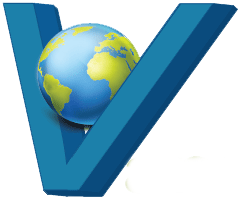Internet of Things (IoT) enablement and development
IoT Platforms
-
IoT platforms integrate many of the infrastructure components of an IoT system into a single product.These IOT component generating terabytes of data. To handle unprecedented volume, variety and velocity of data, IOT needs new kind of infrastructure to support whole IOT eco system. IoT Platforms provide an eco system which integrate Edge computing, Fog computing and cloud computing to work as one integrated IOT system.
IoT Standards and Ecosystems
-
Although IOT ecosystems and standards aren't precisely technologies, most eventually materialize as application programming interfaces (APIs). Standards and their associated APIs will be essential because IoT devices will need to interoperate and communicate, and many IoT business models will rely on sharing data between multiple devices and organizations.
IoT Analytics
-
The Internet of Things (IoT) has exploded over these past three years, and according to Gartner research, 25 billion connected “things” will be connected to the Internet by 2020.These connected device will generate petabytes of data. To extract and process relevant information from these data you need to run IOT analytic on generated data.
IoT Security
-
IoT introduces a wide range of new security risks and challenges to the IoT devices themselves, their platforms and operating systems, their communications, and even the systems to which they're connected. Security technologies will be required to protect IoT devices and platforms from both information attacks and physical tampering, to encrypt their communications, and to address new challenges such as impersonating "things" or denial-of-sleep attacks that drain batteries.
IoT Device (Thing) Management
-
Long-lived nontrivial "things" will require management and monitoring. This includes device monitoring, firmware and software updates, diagnostics, crash analysis and reporting, physical management, and security management. The IoT also brings new problems of scale to the management task. Tools must be capable of managing and monitoring thousands and perhaps even millions of devices.
IoT Processors
-
The processors and architectures used by IoT devices define many of their capabilities, such as whether they are capable of strong security and encryption, power consumption, whether they are sophisticated enough to support an operating system, updatable firmware, and embedded device management agents.
IoT Operating Systems
-
Traditional operating systems (OSs) such as Windows and iOS were not designed for IoT applications. They consume too much power, need fast processors, and in some cases, lack features such as guaranteed real-time response. Consequently, a wide range of IoT-specific operating systems has been developed to suit many different hardware footprints and feature needs.
IOT protocols and networking
-
IoT primarily exploits standard protocols and networking technologies. However, the major enabling technologies and protocols of IoT are RFID, NFC, low-energy Bluetooth, low-energy wireless, low-energy radio protocols, LTE-A, and WiFi-Direct. These technologies support the specific networking functionality needed in an IoT system in contrast to a standard uniform network of common systems.
- Copyright © 2024 Vanrish Technology LLC
- All Right Reserved
- Home

